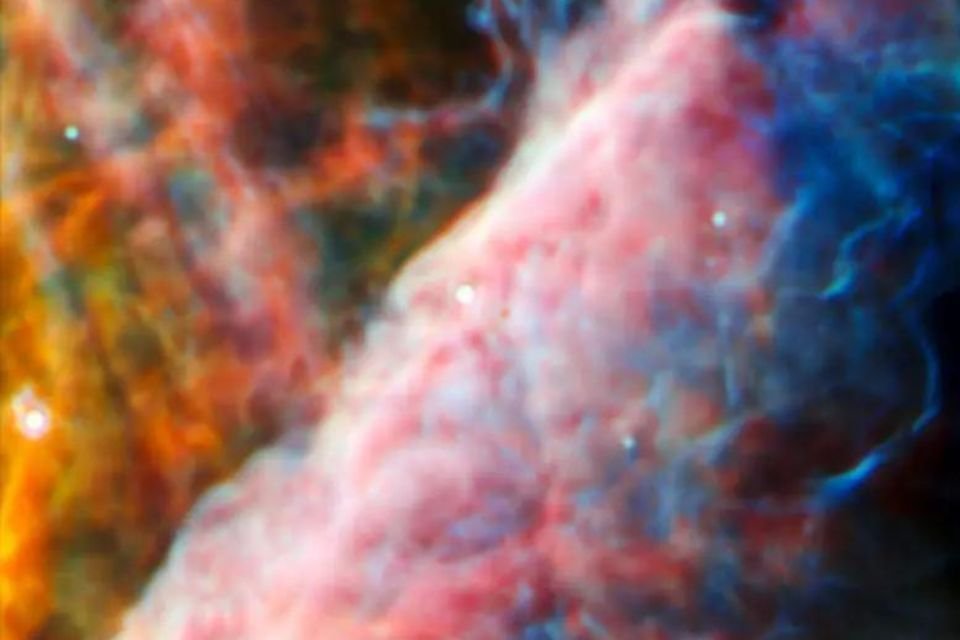A groundbreaking discovery was made by the James Webb Space Telescope (JWST). revealing the presence of a vital carbon compoundessential for the building blocks of life around a distant star.
The molecule in question methyl cation (CH3+)It was detected in the planet-forming protoplanetary disk surrounding the red dwarf star known as d203-506, located an astonishing 1,350 light-years from Orion.
Interestingly, the red dwarf star is surrounded by several massive stars that relentlessly bombard the protoplanetary disk with powerful ultraviolet radiation. Normally, this radiation breaks up the C molecules, preventing them from forming. However, in this exceptional case, The radiation seems to provide the necessary energy for CH3+ formation..
The CH3+ molecule is considered particularly important because of its high reactivity with a wide variety of other molecules. It acts as a “train station” where molecules are temporarily located before taking off in various directions to react with other molecules. Because of this unique property of CH3+, scientists think it serves as a touchstone in interstellar organic chemistry.
It plays a very important role in facilitating chemical reactions, thus allowing the formation of complex C molecules that serve as the basis of all known life forms..
With this fact in mind, it encourages scientists who seek to understand the evolution of life on Earth and the potential emergence of new ecosystems beyond the solar system. Further enhanced by the capabilities of the James Webb Space Telescope, interstellar organic chemistry research is proving to be a promising field of study for astronomers.
The study’s findings were published in the journal Nature and highlight the transformative role ultraviolet radiation can play in changing the chemistry of the protoplanetary disk.
Emphasizing the impact of the discovery, Olivier Berné, principal investigator of the French National Center for Scientific Research in Toulouse, argues: ultraviolet radiation may indeed play a critical role in the early chemical processes that underlie the origins of life..
Marie-Aline Martin-Drumel, a member of the science team from the University of Paris-Saclay in France, said: “This finding not only confirms Webb’s incredible sensitivity, but also confirms the presumed central importance of CH3+ in interstellar chemistry.”
Source: Tec Mundo
I’m Blaine Morgan, an experienced journalist and writer with over 8 years of experience in the tech industry. My expertise lies in writing about technology news and trends, covering everything from cutting-edge gadgets to emerging software developments. I’ve written for several leading publications including Gadget Onus where I am an author.













